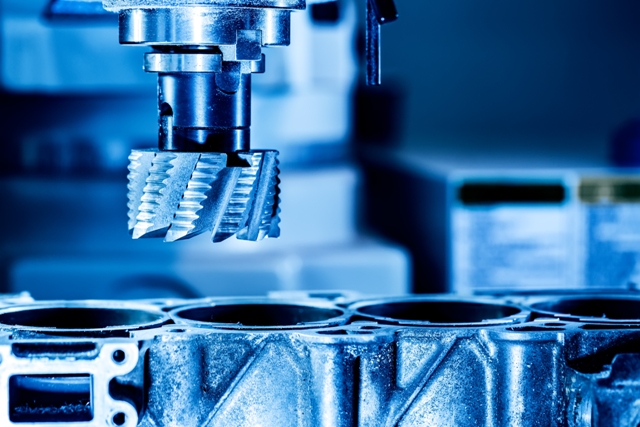
Decarbonization in aerospace manufacturing: Why change is needed right now
by Bryan Christiansen, Founder and CEO of Limble CMMS
With the help of government incentives and private-sector investment, the aerospace sector can lead the way in decarbonizing manufacturing.

Decarbonization in aerospace manufacturing: Why change is needed right now
The aerospace industry is under pressure to reduce its environmental impact, and carbon emissions are a significant focus. A recent study found that the global aviation sector could account for as much as 12% of all anthropogenic emissions by 2050.
In response, the industry has made several commitments to decrease carbon output, including the Paris Agreement reached by the International Civil Aviation Organization (ICAO) in 2016.
Many more initiatives are being undertaken to meet these goals, including decarbonization in aerospace manufacturing. So, why is this area of focus so important?
- Aerospace manufacturing is responsible for a significant portion of the industry’s emissions.
- The sector is rapidly growing, so emissions will likely increase unless measures are taken to decarbonize the process.
- Decarbonizing aerospace manufacturing can have a ripple effect throughout the sector, helping to drive down emissions even further.
Negative impacts of aerospace manufacturing
The adverse effects of aerospace manufacturing are numerous.
- Production of aerospace components and products requires tremendous energy, resulting in high emissions.
- Toxic chemicals like Methylenedianiline – also known as MDA – and Formaldehyde, both found in the production process, seriously threaten human health and the environment.
- Manufacturing of aerospace products is often highly polluting and significantly contributes to global climate change.
- Finally, the large-scale production of aerospace components can devastate local communities and their ecosystems.
To address these negative impacts, the aerospace industry must move towards decarbonization. It is a necessary step in the fight against climate change and will help ensure the aerospace industry’s long-term sustainability.
The aviation sector is growing rapidly
The growth of the aviation sector is due to several factors, including the rise in global trade, the growth of middle class, and the increasing demand for air travel. The ICAO predicts that the aviation sector will continue to grow by 4.3% per annum for the next two decades.
The sector is already under pressure to decarbonize its operations to meet the goals of the Paris Agreement. As it stands, the sector aims to reduce emissions by almost 50% by 2030, and achieve net zero carbon emission levels by 2050. But with the expected growth in air travel, this will likely not be enough to reach the Paris targets. The industry will need to do more to decarbonize if it wants to meet these goals.
The ripple effect of decarbonizing aerospace manufacturing
Decarbonizing aerospace manufacturing can have a ripple effect throughout the sector. This is because other areas of the aviation industry – such as airlines and airports – are likely to feel pressure to reduce their emissions to stay competitive.
Moreover, if manufacturers can produce aircrafts with lower carbon emissions, this will pave the way for developing more fuel-efficient airplanes – and ultimately help drive emissions down even further.
There are several ways to decarbonize aerospace manufacturing, including:
- Improving energy efficiency: Aerospace manufacturers can achieve this by upgrading facilities and equipment, designing more efficient production processes, and better energy usage.
- Investing in renewable energy: This can include installing solar panels, wind turbines, and using biomass to generate power.
- Using low-carbon materials: This includes using more lightweight materials, such as composites and recycled materials.
- Investing in carbon capture and storage (CCS) technology: Examples of CCS technology include carbon capture and sequestration (CCS) and direct air capture (DAC). CCS technology can capture carbon dioxide emissions from the atmosphere and store them underground, reducing their environmental impact.
Aerospace manufacturers can also reduce emissions by implementing the best maintenance strategies to improve the efficiency of their operations. The manufacturers can do this by upgrading machinery, optimizing workflow, and using energy-efficient lighting.
To meet the goals of the Paris Agreement, the sector will need to embrace even more new technologies and processes in the coming years. The good news is that many of these solutions already exist, and more are being developed daily.
With the help of government incentives and private-sector investment, the aerospace sector can lead the way in decarbonizing manufacturing. The time to act is now. Decarbonization is no longer a choice; it is a necessity.